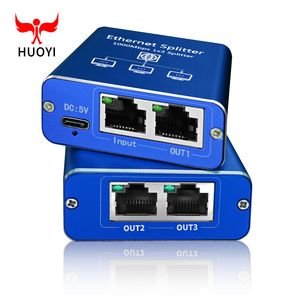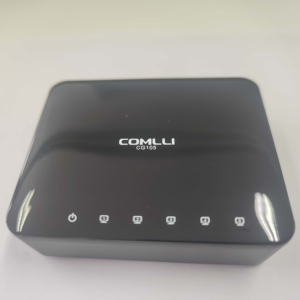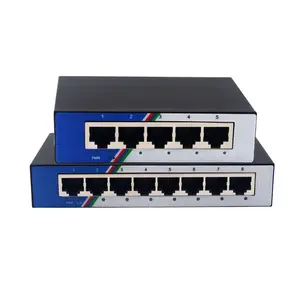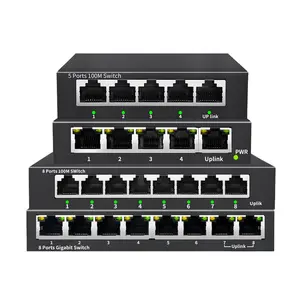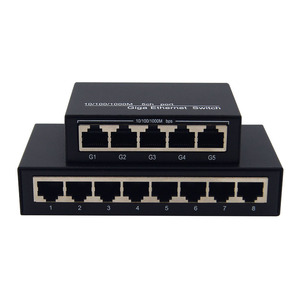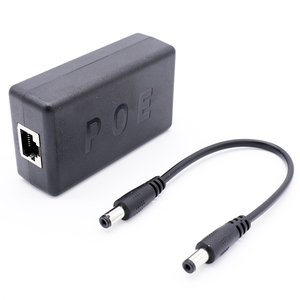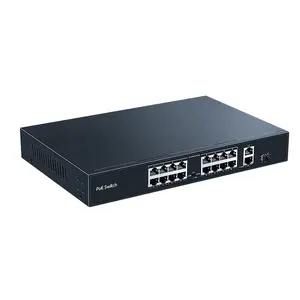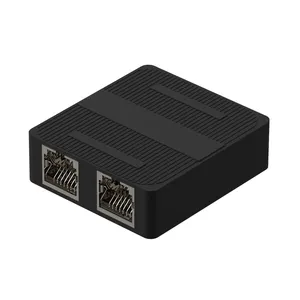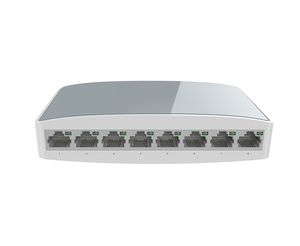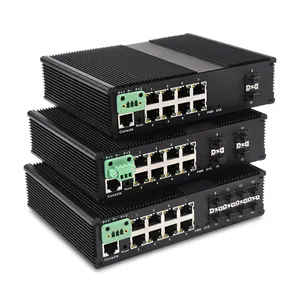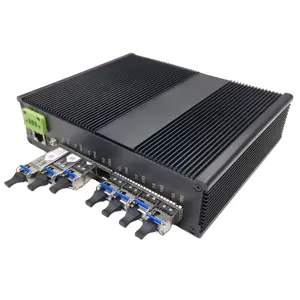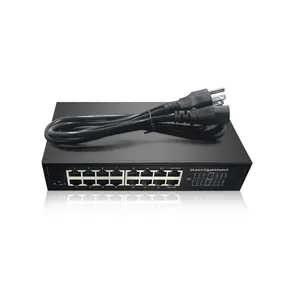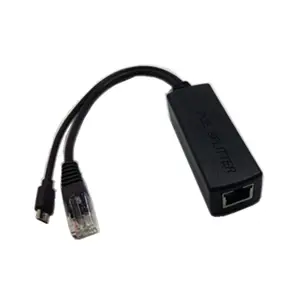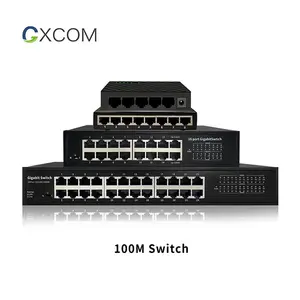Ethernet Splitter Vs Switch










 1/32
1/32



 0
0


 0
0



 0
0










 1/3
1/3



 0
0








 1/19
1/19




 1/3
1/3




 1/3
1/3



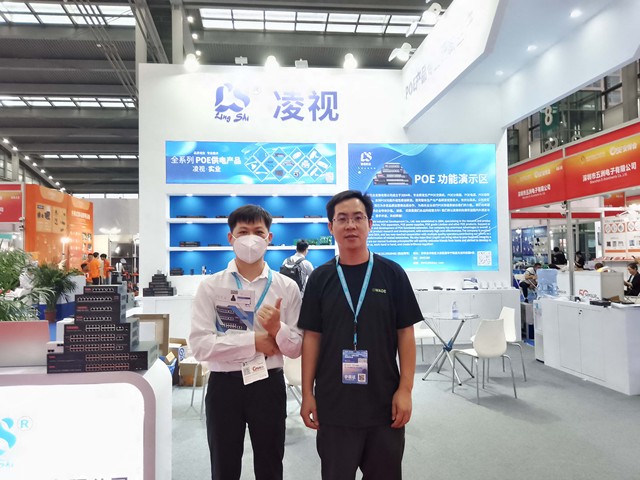

 1/3
1/3



 0
0







 1/3
1/3


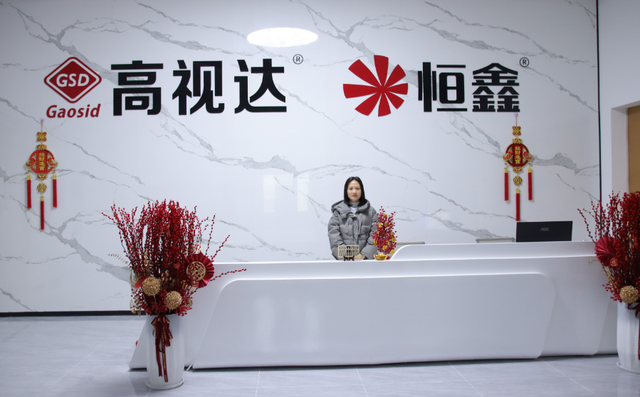

 1/2
1/2




 1/3
1/3



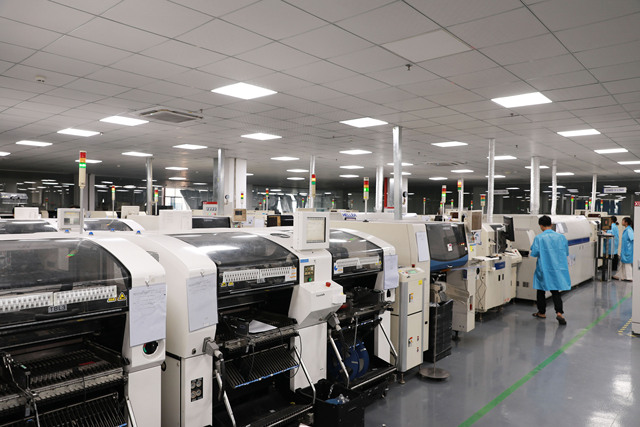

 1/3
1/3




 1/3
1/3




 1/3
1/3
About ethernet splitter vs switch
Where to Source Ethernet Splitter vs Switch Suppliers?
China remains the central hub for networking equipment manufacturing, with Shenzhen emerging as a dominant cluster for Ethernet splitters and switches. This region hosts a dense ecosystem of component suppliers, PCB manufacturers, and logistics providers within a 50km radius, enabling vertically integrated production. The concentration supports rapid prototyping and scalable output, with many facilities achieving monthly production capacities exceeding 100,000 units for standard unmanaged switches and Ethernet splitters.
Suppliers in this cluster benefit from proximity to semiconductor distributors and RJ45 connector producers, reducing material lead times by 20–30% compared to non-specialized regions. Buyers gain access to flexible MOQs—some as low as one piece—and fast turnaround cycles (typically 7–15 days for sample orders). The presence of cloud-managed firmware developers and ODM/OEM engineering teams further enhances customization capabilities, particularly for smart office and industrial IoT applications requiring managed switching or PoE integration.
How to Evaluate Ethernet Splitter vs Switch Suppliers?
Procurement decisions should be guided by three core evaluation criteria:
Technical Capability Verification
Confirm support for required data rates (10/100/1000 Mbps) and physical layer standards. For PoE-enabled devices, verify compliance with IEEE 802.3af/at specifications. Managed switch suppliers must demonstrate L2 features such as VLAN, port isolation, and QoS. Request test reports on signal integrity, insertion loss, and EMI performance, especially for gigabit-grade splitters and high-port-count switches.
Production and Customization Capacity
Assess supplier infrastructure through available metrics:
- Facility size and workforce scale indicating volume handling ability
- In-house design teams capable of firmware customization or label/port configuration changes
- Support for OEM/ODM services including logo printing, packaging redesign, and cloud management integration
Cross-reference product listings with reorder rates and response times to gauge operational efficiency and customer satisfaction.
Transaction Reliability Indicators
Prioritize suppliers with documented on-time delivery performance above 98%. Review order history for consistency in fulfillment and responsiveness (target ≤2 hours). Use transaction protection mechanisms where available. Pre-shipment inspection and sample testing are critical—validate actual throughput and crosstalk levels using network analyzers before bulk procurement.
What Are the Leading Ethernet Splitter vs Switch Suppliers?
| Company Name | Main Products | Online Revenue | On-Time Delivery | Reorder Rate | Avg. Response | Customization Options | Min. Order Quantity | Price Range (USD) |
|---|---|---|---|---|---|---|---|---|
| Shenzhen Sunsoont Technology Co., Ltd. | 5–16 port switches, PoE splitters | US $350,000+ | 98% | 18% | ≤2h | Color, ports, labels, cloud management, waterproofing | 1–2 pieces | $1.12–$30 |
| Huoyi Technology (Shenzhen) Co., Ltd. | Ethernet splitters (1:2, 1:3), PoE adapters, cloud-managed switches | US $70,000+ | 100% | <15% | ≤4h | App control, port isolation, short-circuit protection, labeling | 1–10 pieces | $3–$8.80 |
| Kiso Innovations Technology Co., Ltd. | 5–8 port 100Mbps/Gigabit switches, desktop splitters | US $10,000+ | 100% | <15% | ≤2h | Limited (primarily standard models) | 1–5 pieces | $2.11–$159 |
| Shenzhen Nemo Technology Co., Ltd. | 1-to-3/1-to-4 Gigabit splitters, USB-combo units | US $240,000+ | 100% | 23% | ≤2h | Labeling, packaging, color options | 2–20 units | $2.59–$4.17 |
| Shenzhen Weixiangan Technology Co., Ltd. | Gigabit switches (5–8 port), PoE splitters, QoS-enabled models | US $30,000+ | 100% | 16% | ≤2h | Port count, power input, branding | 1–2 pieces | $5.59–$99 |
Performance Analysis
Shenzhen Sunsoont leads in revenue volume and offers broad customization, making it suitable for branded or specialized deployments. Huoyi Technology stands out for perfect on-time delivery and advanced feature support, including app-managed switches and circuit protection, despite a lower reorder rate suggesting niche market positioning. Kiso Innovations provides cost-effective entry-level switches but lacks extensive customization depth. Shenzhen Nemo excels in splitter-specific designs with competitive pricing and strong repeat business (23% reorder rate), indicating customer satisfaction in its segment. Weixiangan offers premium-priced, higher-specification switches, including QoS and multi-port Gigabit models, ideal for performance-sensitive environments.
FAQs
What is the difference between an Ethernet splitter and a switch?
An Ethernet splitter allows sharing one cable run between two devices by using unused wire pairs but requires paired splitters at both ends and does not increase bandwidth. A switch connects multiple devices on a network, intelligently forwarding data only to the intended recipient, supporting full bandwidth per port and scalability up to 16+ ports. Switches are recommended for modern networks requiring reliability and speed.
Can Ethernet splitters support Gigabit speeds?
Most passive splitters operate at 100Mbps due to wiring limitations. Active Gigabit splitters exist but are rare and often mislabeled. True Gigabit connectivity requires dedicated cabling and a switch. Always verify technical specifications against IEEE 802.3 standards.
What are typical lead times for samples and bulk orders?
Sample lead time ranges from 3–7 days for in-stock configurations. Bulk production lead time is typically 10–20 days depending on order size and customization level. Express shipping adds 3–5 days for international delivery.
Do suppliers offer private labeling and packaging?
Yes, most suppliers listed provide OEM services including custom logos, packaging design, user manuals, and product labeling. Minimum order quantities for branding vary from 100 to 500 units depending on complexity.
Are these products compliant with international safety standards?
Compliance varies by manufacturer. While CE, FCC, and RoHS markings are commonly claimed, buyers should request test reports or third-party certification documentation to confirm adherence. High-volume purchasers are advised to conduct independent lab verification prior to deployment.










